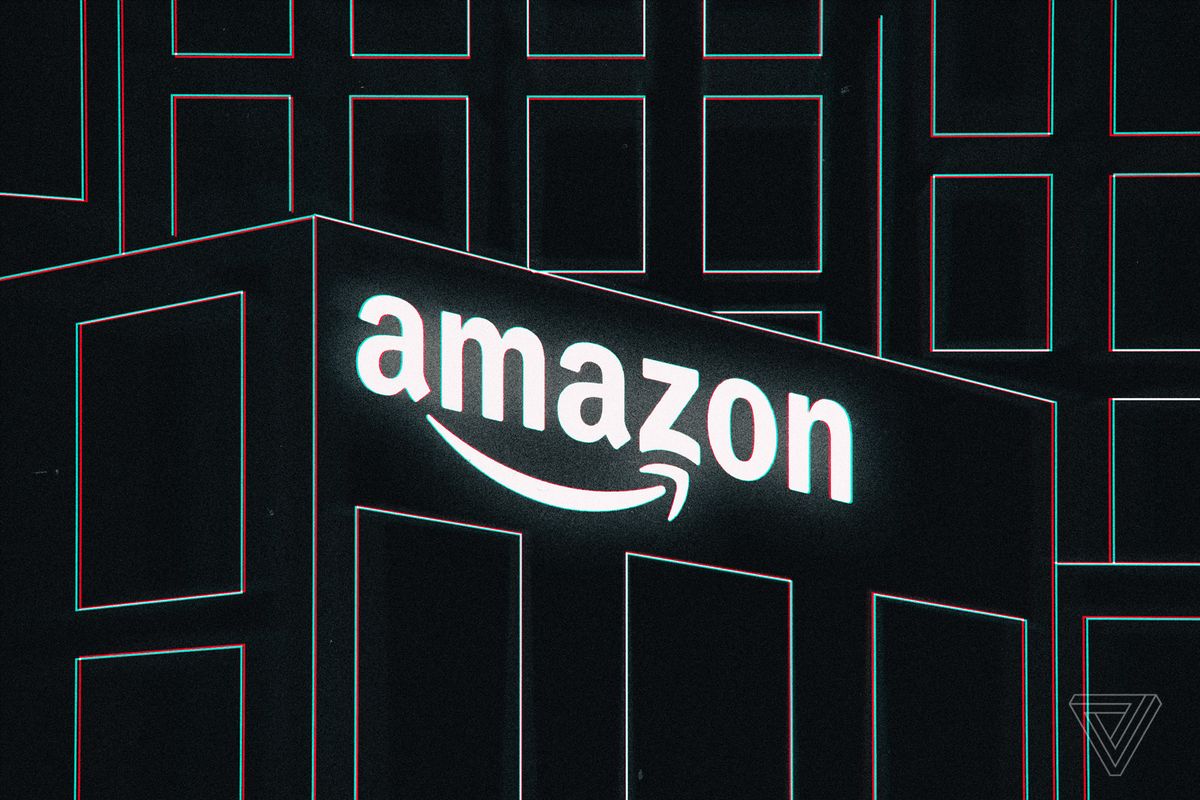Slack is partnering with Amazon in a multi-year agreement that means all Amazon employees will start to use Slack. The deal comes just as Slack faces increased competition from Microsoft Teams, and it will also see Slack migrate its voice and video calling features over to Amazon’s Chime platform alongside a broader adoption of Amazon Web Services (AWS).
Amazon’s roll out of Slack to all of its employees is a big part of the deal, thanks to an enterprise-wide agreement. It’s not immediately clear how many of Amazon’s 840,000 employees will be using Slack, though. Up until today, Slack’s biggest customer has been IBM, which is rolling out Slack to its 350,000 employees.
While Slack has long used AWS to power parts of its chat app, it’s now committing to using Amazon’s cloud services as its preferred partner for storage, compute, database, security, analytics, machine learning, and future collaboration features. The deal means it’s unlikely we’ll see Slack turn to Microsoft’s Azure cloud services or Google Cloud to power parts of its service in the foreseeable future.
“We have not used Azure,” says Brad Armstrong, vice president of business and corporate development at Slack, in an interview with The Verge. “The vast majority of our service has always run on AWS.” Armstrong says it’s “not likely” that Slack will be looking to use Azure in the future.
:no_upscale()/cdn.vox-cdn.com/uploads/chorus_asset/file/13443464/acastro_181114_1777_amazon_hq2_0004.jpg)
The move to Amazon Chime for Slack voice and video calls is also a significant part of the deal. Voice and video conferencing is a particular weak point of Slack compared to Microsoft Teams, but this new integration should mean it will be vastly improved in the future. Slack has already started the migration, and it’s looking into new features. “For now, we’re just focused on shoring up the back end,” says Armstrong. “As Chime has additional features, we’re looking at bringing the mobile experience to include video, which it doesn’t today. We’re also looking at transcription.”
Slack and Amazon are also promising better product integration and interoperability for features like AWS Chatbot, a service that pushes out Slack channel alerts for AWS instances. In the coming months, Slack and AWS will improve its Amazon AppFlow integration to support bi-directional transfer of data between AWS services and Slack channels.
All of these integration points and Slack’s embrace of Amazon are designed to make the chat app far more appealing to enterprise customers. Slack has been steadily growing its enterprise business, despite Microsoft’s big push with Teams recently. It’s a point that CEO Stewart Butterfield has been keen to stress in recent interviews, even if he thinks Microsoft is “unhealthily preoccupied with killing” Slack.
“The future of enterprise software will be driven by the combination of cloud services and workstream collaboration tools,” says Butterfield in a statement today. “Strategically partnering with AWS allows both companies to scale to meet demand and deliver enterprise-grade offerings to our customers.”
It’s a deal that will benefit both Amazon and Slack. Amazon gets an important partner for AWS and its Chime platform, and Slack gets the reliability and security of AWS with a better voice and video calling service underpinning its service.
The partnership also speaks to the core of how Slack has managed to win businesses over. Slack has opted for partnerships and integrations with a variety of rival software and cloud providers, and hasn’t always attempted to build those features into its own app. Slack CEO Stewart Butterfield touched on the value of that integration in a wide-ranging interview on The Vergecast last month.
Slack’s main rival, Microsoft, is also trying to entice developers and improve app support in Microsoft Teams, but the company’s tightest integrations are still the Office suite of Outlook, Word, Excel, PowerPoint, and more. Microsoft has also been bundling Teams as part of its Office 365 subscription, tempting businesses to use the communications software over Slack and other rivals. Microsoft Teams hit 75 million daily active users recently, a huge jump from even the bump at the beginning of the pandemic.
Slack’s approach seems to be working, especially for businesses that aren’t as reliant on Microsoft’s productivity apps. Slack reported its earnings today, revealing more than 122,000 paid customers, an increase of 28 percent year over year. Over 750,000 organizations are now using a free or paid subscription plan, up from 660,000 at the end of the last quarter.
Butterfield describes Slack’s recent quarter as “phenomenal,” with 50 percent revenue growth year over year. Slack broke a user record back in March, just as many businesses started to order employees to work from home amid the ongoing coronavirus pandemic. “We believe the long-term impact the three months and counting of working from home will have on the way we work is of generational magnitude,” says Butterfield. “This will continue to catalyze adoption for the new category of channel-based messaging platforms we created and for which we are still the only enterprise-grade offering.”
Update, June 4th 5:55PM ET: Article updated with comments from an interview with Slack.
